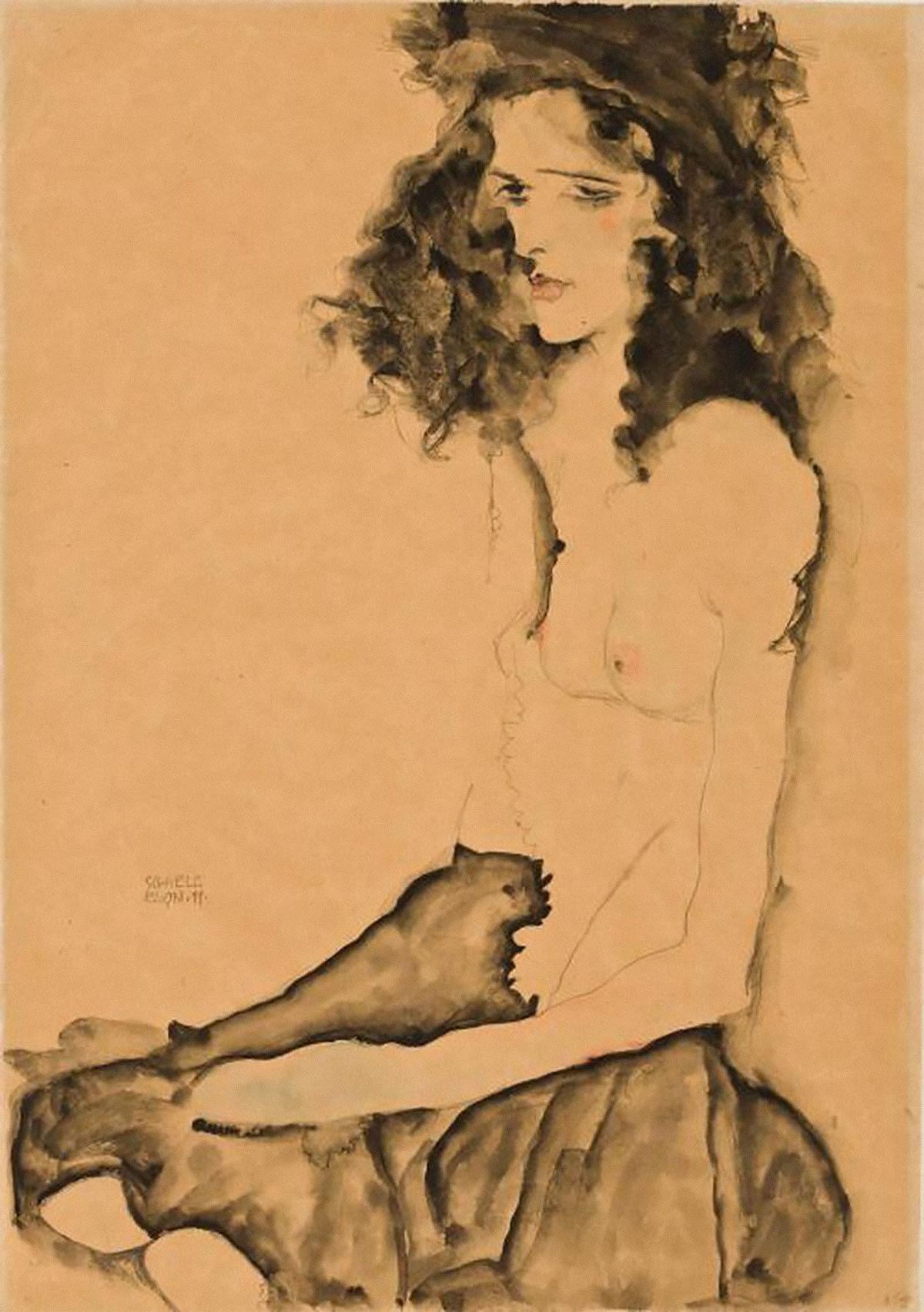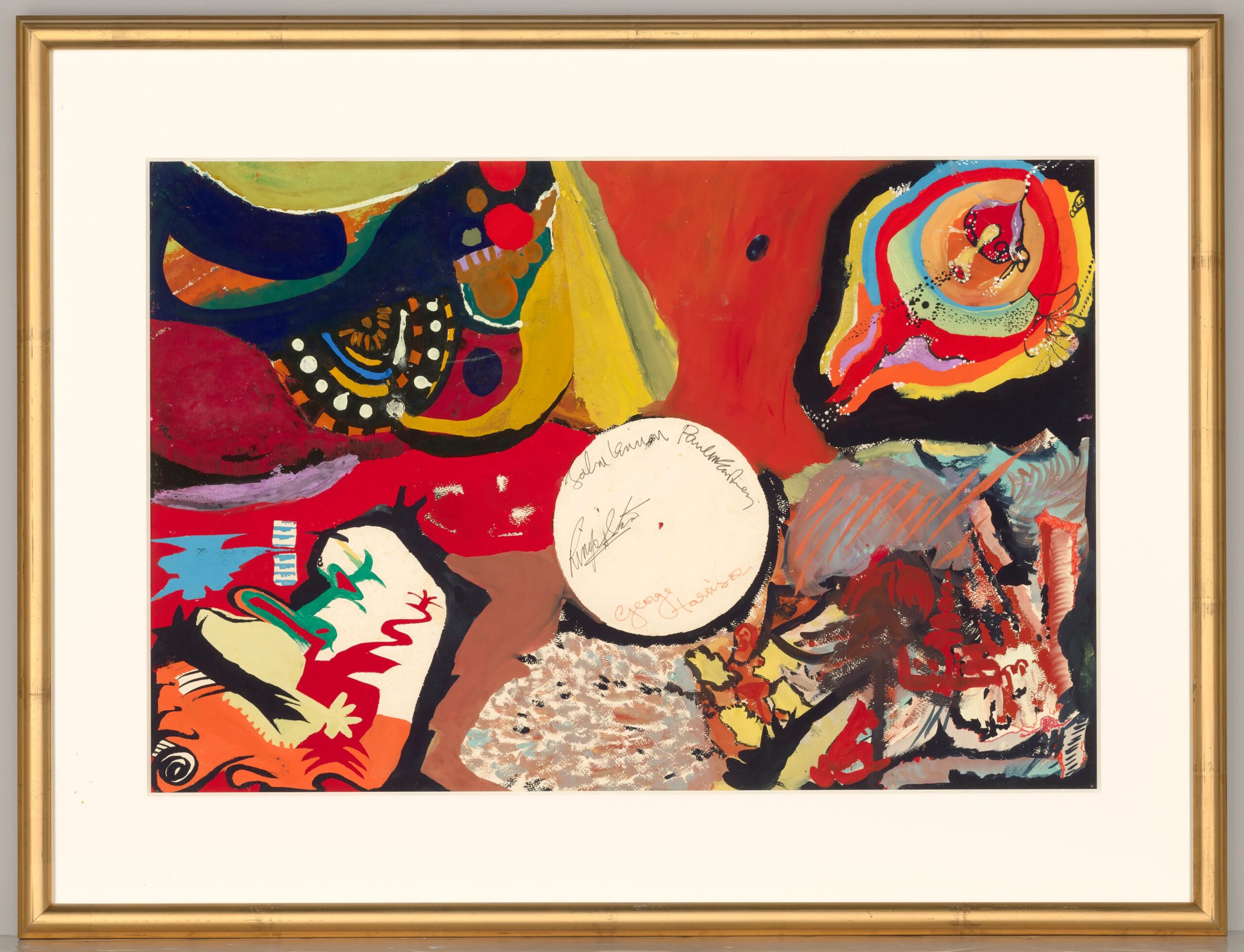The recent orders to hand back artworks by Austrian painter Egon Schiele to the American heirs of their former Jewish owner, Fritz Gruenbaum, have ignited a legal and ethical debate surrounding the provenance of these pieces. Gruenbaum, an Austrian Jewish cabaret performer and vocal critic of the Nazis, lost his vast art collection, which included 81 works by Schiele, during the Holocaust.
The dispute has brought to light the complex issues surrounding Nazi-looted art and restitution efforts by descendants of Holocaust victims. Gruenbaum’s heirs have been pursuing the return of these artworks for over two decades, asserting that the Nazis unlawfully seized them. However, the Austrian government maintains that the state acquired the artworks in good faith and that there is no evidence of Nazi confiscation.
Twelve Schiele pieces from Gruenbaum’s collection are currently housed in two prominent Viennese museums, sparking intense legal battles and scrutiny over their rightful ownership. Despite a special commission’s recommendation in 2010 against returning the artworks, lawsuits in the United States have yielded different conclusions, with a New York judge ruling in favor of the heirs in 2018.
The legal landscape surrounding Nazi-looted art has evolved, with initiatives like the Holocaust Expropriated Art Recovery (HEAR) Act in the United States extending the statute of limitations for restitution claims. This has provided Gruenbaum’s heirs with a renewed opportunity to seek restitution through the courts.
The case underscores the ongoing challenges in addressing historical injustices and the complexities of determining rightful ownership of looted artworks. It also highlights the importance of continued efforts to research and investigate the provenance of artworks to ensure justice for victims of Nazi persecution and their descendants.
Since then, a series of restitutions has occurred, with some museums, such as New York’s Museum of Modern Art, voluntarily returning artworks, while others await court orders.
In late January, US authorities announced the return of 10 artworks “looted by the Nazis” to Gruenbaum’s descendants, valued at a minimum of 11 million euros.











